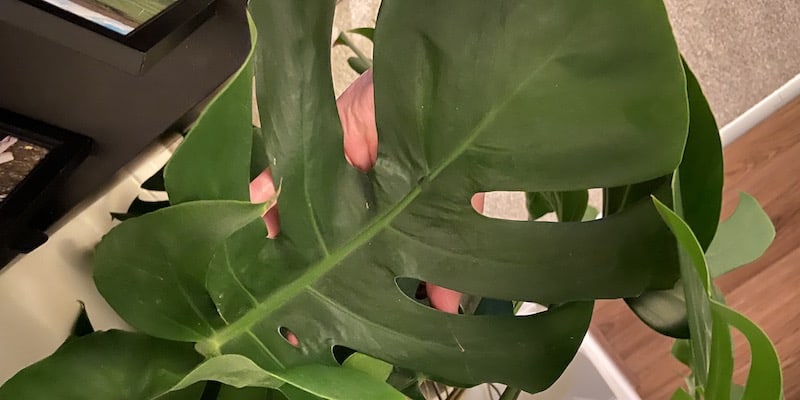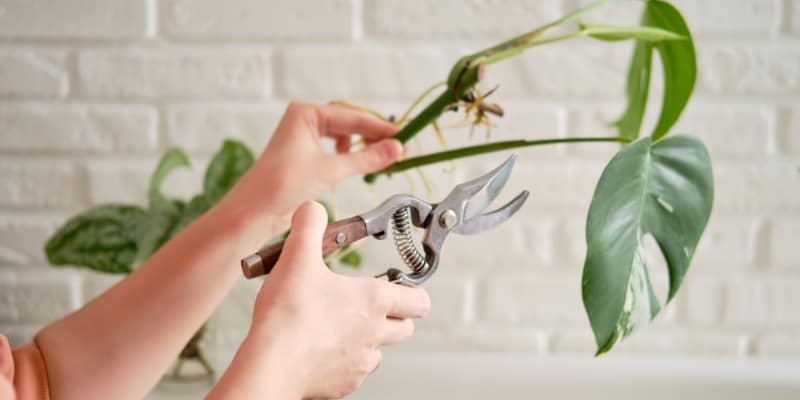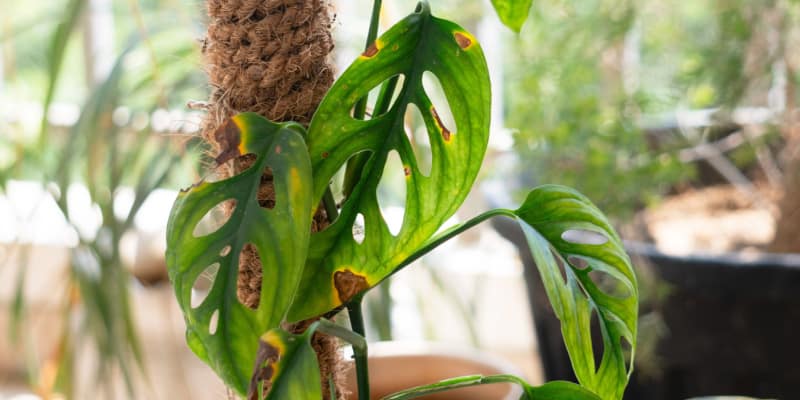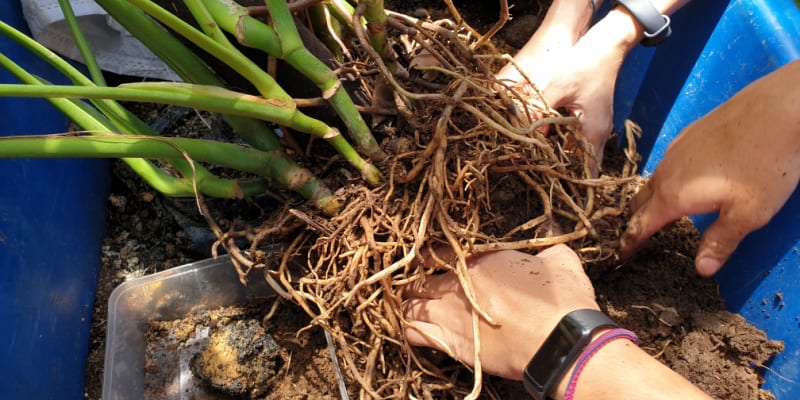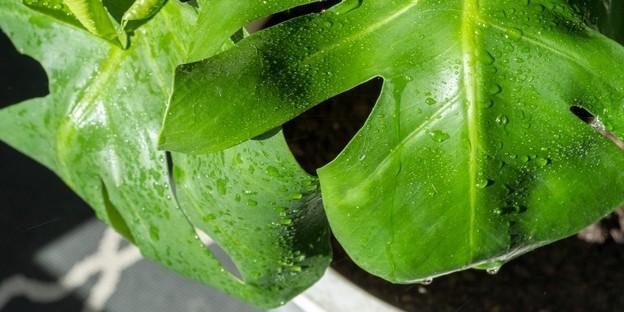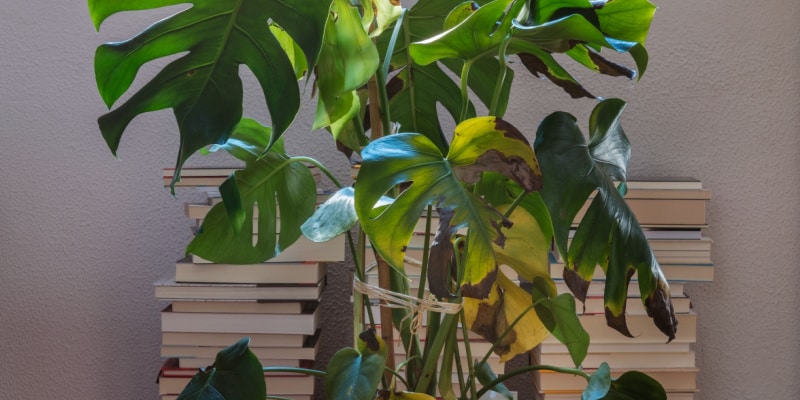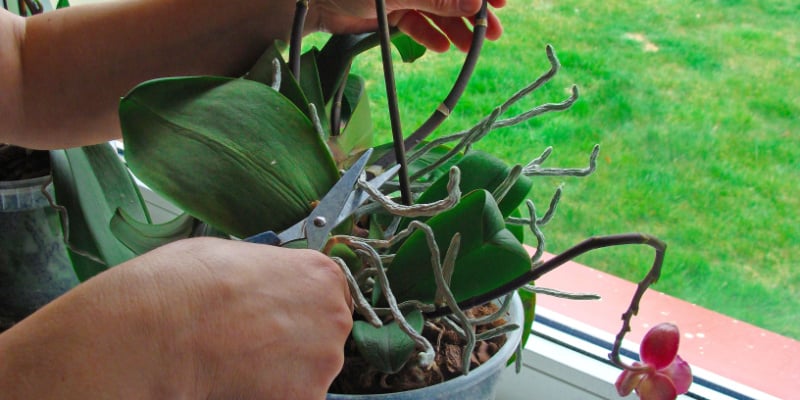Why are my Swiss cheese plant leaves curling?
If the leaves on your Swiss cheese plant are curling, the main cause could be that you have either overwatered or underwatered your plant. More often than not, most of the issues you will experience with Monstera plants, from yellowing leaves to drooping leaves always comes back to a watering issue. However, problems with watering are not the sole cause of curling leaves and it could also be down to the fact the plant is under heat stress or an…
